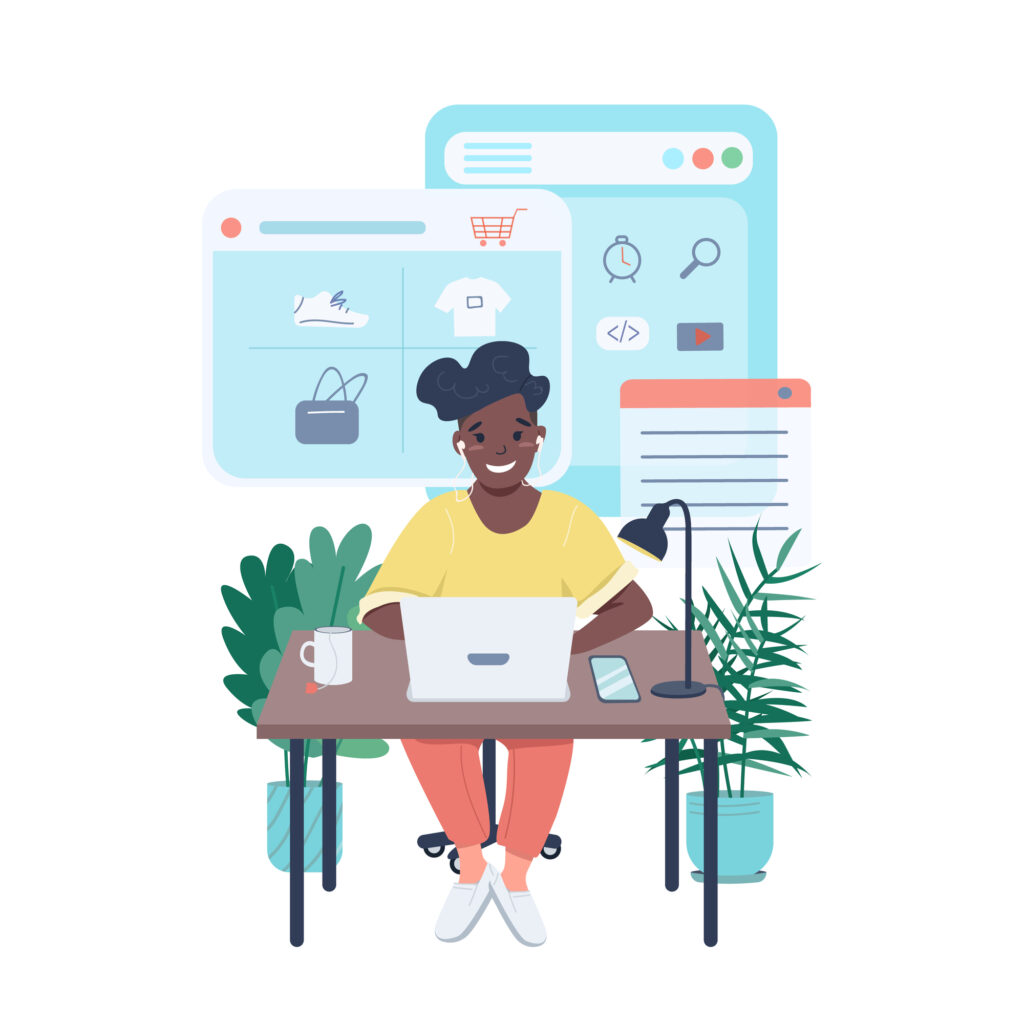 Traditional versus digital shopping is no longer much of a debate compared to a decade ago. However, online businesses must contend with a vast sea of competitors and other distractions brought on by the development of technology and the internet. As such, e-commerce is all about personalization, which means designing and producing the online experience unique to the shopper. Almost 90% of businesses think personalization is key to their business success.
Traditional versus digital shopping is no longer much of a debate compared to a decade ago. However, online businesses must contend with a vast sea of competitors and other distractions brought on by the development of technology and the internet. As such, e-commerce is all about personalization, which means designing and producing the online experience unique to the shopper. Almost 90% of businesses think personalization is key to their business success.
Of course, this also comes at a time when users have become more wary of their digital footprint and online privacy. The key is providing a curated experience that doesn’t feel like it is infringing on their data rights. At the same time, users have revealed that they want retailers to have details like their style preferences, sizes, and budgets on hand. So, in what ways can you personalize the shopping experience in a meaningful way your customers can appreciate?
1. Offer a virtual adviser
One key component of shopping is trying things on and browsing before committing to a purchase. This is why many digital storefronts offer virtual shopping. You can go further by providing a virtual adviser who can assist the user whenever they want. The best strategy is to provide a robust solution that doesn’t come in the form of intrusive pop-up but remains readily available when needed.
Take LensCrafter’s adviser, which provides personalized recommendations on the perfect glasses for face shape. The innovative tech analyzes the user’s face shape, size, and features to curate a selection of flattering frames for the wearer. It also considers the jaw shape, interpupillary distance, eyebrow thickness, hair and eye color, and skin undertone. This means consumers get the best shape and a color palette specifically attuned to them. Features like this make the experience smoother for the buyer and can minimize the chance of returns. It’s also a solid way to push specific products that appeal to your consumer and might have flown out of their radar during a manual search.
2. Provide a more responsive chatbot
There’s a notion that customers disdain chatbots, but most dislike stems from their inability to provide helpful and in-depth solutions to precise prompts. This also leads to what often becomes a loop that only frustrates customers needing personalized support.
With the advent of artificial intelligence, online businesses can now use AI-powered chatbots for support. Since they are advancing even faster than computer chips, their performance is improving rapidly. With a more robust grasp of tone, memory, and language, ChatGPT passes the Turing test—the ability to exhibit human behavior—while being much more cooperative than the average human. We already see this functionality used by Expedia, which integrated ChatGPT into its AI assistant, supporting customers in planning vacations like they would with a human travel agent. The chatbot can naturally converse with clients while having reliable information on available flights, hotels, attractions, and even curated destinations on offer.
3. Create tailored product questionnaires
Arguably, the most critical goal for personalization is to improve the customer experience. More than 70% of online shoppers now have this expectation, wanting to find products relevant to them more easily and quickly. If you have a landing page or business website, you can cater to this need by creating an easy-to-find and simple questionnaire that helps lead users to products based on their answers. This makes the entire shopping experience feel more tailored and allows you to market your products without forcing it on uninterested customers.
Quiz-style sections also lead to more satisfaction and a feeling of active input that makes the whole journey feel more personalized. Hair care brand Living Proof uses this technique in its metaverse virtual store. It allows customers to take an AI-generated quiz on their hair routine with an additional selfie for an in-depth analysis of hair type, volume, color, and curl. Combining these two elements lets the brand direct the digital visitor to the proper hair routine and corresponding products.
4. Make a personalized loyalty program
Customers inherently want to be catered to, so personalized loyalty programs are effective. Freebies are an easy solution, but incentivization through limited offers, shipping deals, coupons, and other goodies makes your customers feel valued. MarketingProfs found that more than 80% of experts still view email newsletters as influential loyalty builders in e-commerce, especially since they provide a more direct and personal connection to each customer than social media.
Of course, the key here is not just blasting a generic newsletter. Instead, account-based analytics can aid you in sending out messages and promotions your customers actually care about. Waterdrop’s loyalty program was integrated into its active email marketing list, allowing existing customers with a previous interest in the brand to learn about new and exclusive benefits specifically for the community. With subscriptions, giveaways, and early access tiers, the hydration brand increased customer spending by 90% after creating a dedicated loyalty program page.


